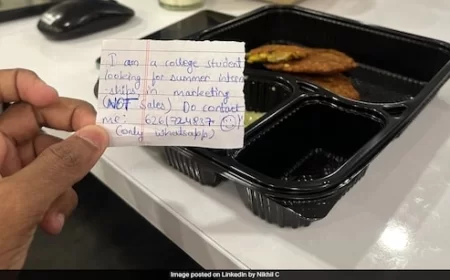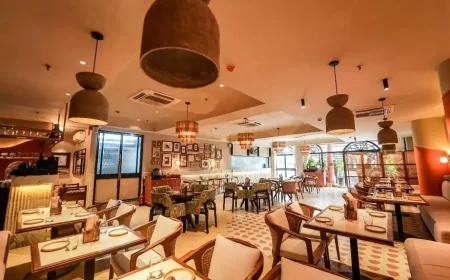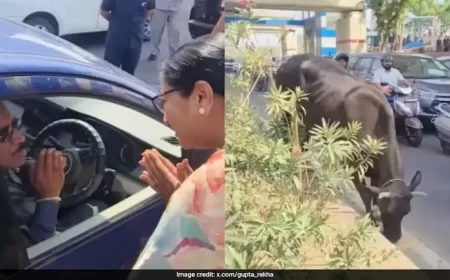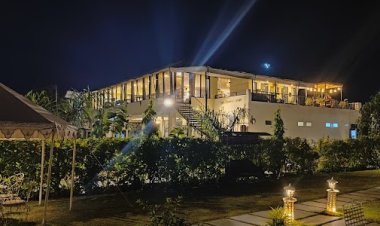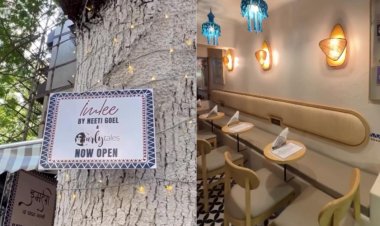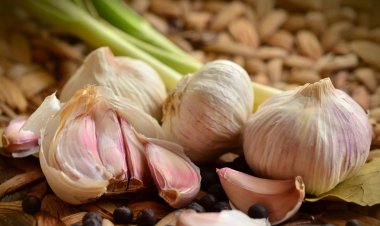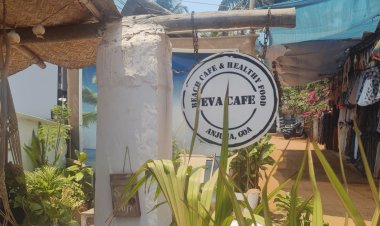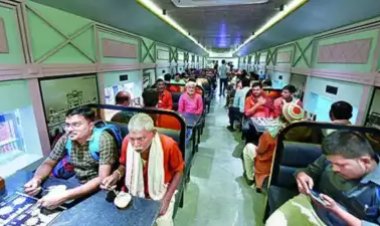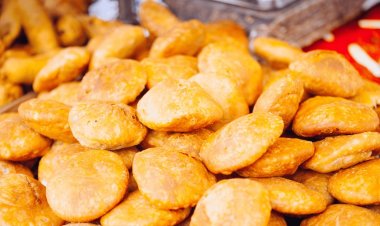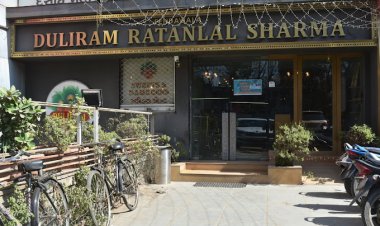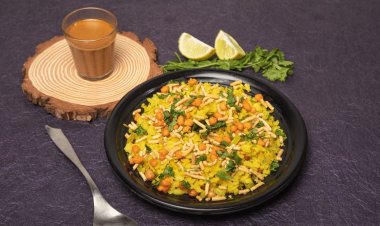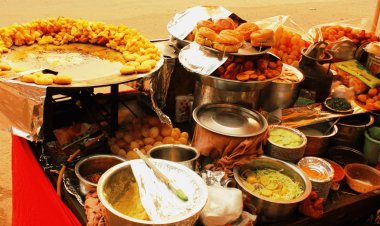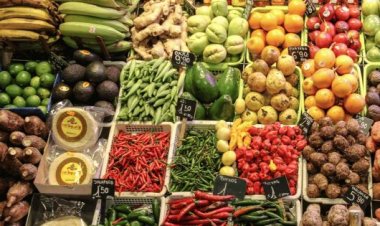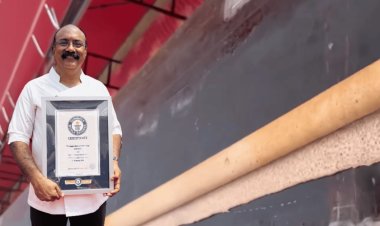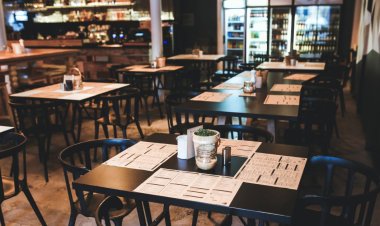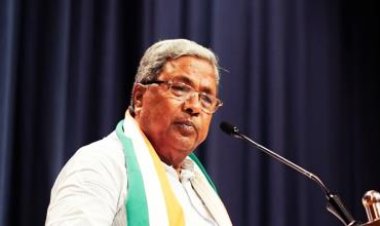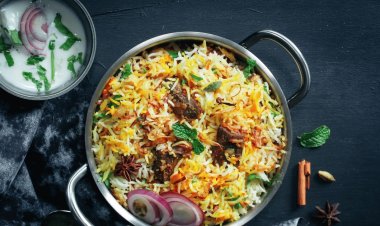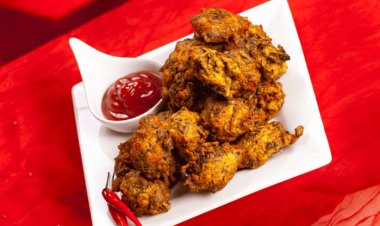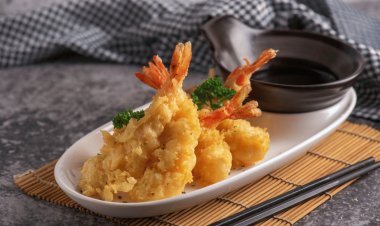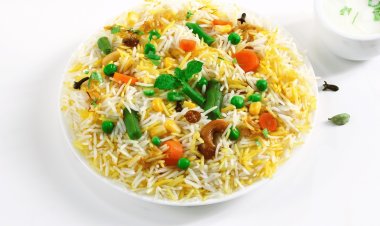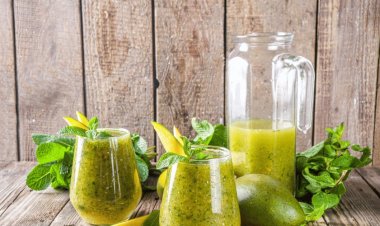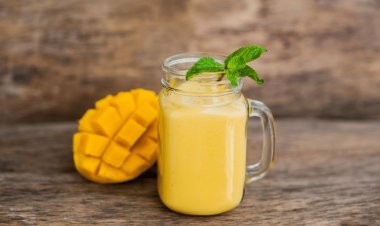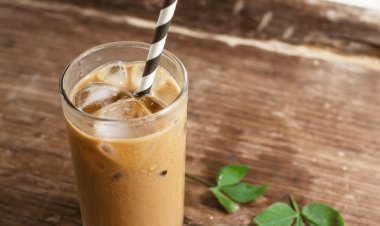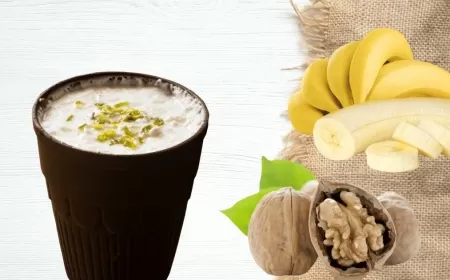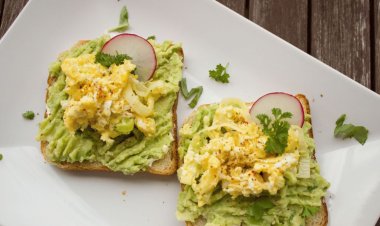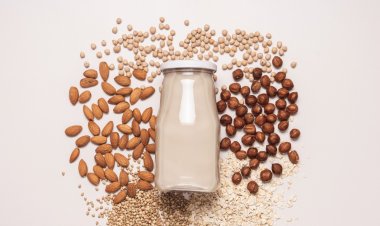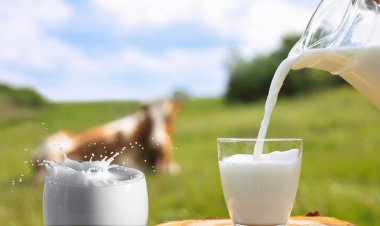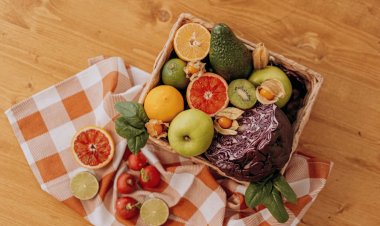Know The Journey of a Painter-Turned-Farmer in Tripura, Cultivating the World's Priciest Mango Miyazaki
Check the inspiring journey of Pragyan Chakma, a former painter-turned-horticulture enthusiast, who successfully cultivated the world's most expensive mango, Miyazaki, in Tripura. Learn how the Tripura agriculture department is now developing a comprehensive strategy inspired by his achievement.

The Tripura agriculture department intends to create a thorough strategy shortly for cultivating the exotic fruit in the state, encouraged by Pragyan Chakma’s success in growing the Miyazaki mango.
Introducing Pragyan Chakma, 42. Pragyan, a painter-turned-horticulture enthusiast and businessman, has been successful in growing the Miyazaki mango, the most expensive mango in the world, in Tripura. The authorities have now taken notice of his agricultural achievement for the second year in a row. And that makes sense. Miyazaki mangoes, which are distinguished by the flamboyant crimson color they take on when ripe, are offered for sale in the international market for almost Rs 2.75 lakh per kilogram.
Five years ago, I began cultivating mangoes, and I’ve been selling Miyazaki mangoes for the past two years, according to Pragyan. Pragyan manages a 4-acre fruit garden with a variety of mangoes, including Miyazaki, Khatimon, American Palmer, Rangui, Amrapali, and rambutan, dragon fruit, and apple ber.
Pragyan has been selling his Miyazaki mangoes at the Gandacherra neighborhood market for Rs 1,500 per kg despite the fact that they have not been examined by the horticulture department and lack a Geographical Indication (GI) tag. He claims that last year, he sold about 20 kg of Miyazaki mangoes in his neighborhood. Pragyan hopes to produce about 40 kilos of this rare kind from the few Miyazaki trees he has in his orchard.
“It appears that Miyazaki mangoes have considerable promise. Since they currently only have a small number of Miyazaki plants, it could take some time. However, we went above and above by constructing a canal for them and providing them with technical know-how, said CK Reang, the Dhalai district superintendent of agriculture.
It was not an easy transition for Pragyan to go from being an artist to a farmer. In Pancharatan, a small village under the control of the Tripura Tribal Areas Autonomous District Council (TTAADC) in the Dhalai district, about 82 kilometers from Agartala, Pragyan operated the Chunilal Lalitkala Academy, an art school, until the Covid-19 pandemic.
He discovered a few “baaromashi (all-year fruit-bearing)” mango trees while visiting a friend’s home in Bengal. He was addicted. “I continue to do painting tasks. I work a few odd jobs in addition to receiving some funding from my art school. I recall putting everything I had into my orchard. Sometimes we didn’t know where we would acquire food the next day. But my wife helped me through it all,” stated Pragyan.
He claims that, in the absence of any support from the government, he heavily relied on YouTube and the internet in general to study about Miyazaki mangoes and acquire the knowledge necessary to produce a plant that was unknown to most people in his region. “Neither the
government nor they helped me when I asked for assistance. However, now that it is gaining some notice, Pragyan remarked, “I expect to get some support. He also mentioned that he had purchased a few plants online.
He first utilized a pump to draw water from the nearby Thakuracherra creek to start his Miyazaki crop. But a year after his first harvest was sold, the neighborhood’s agriculture and horticulture department took note. For his orchard, the officials have now excavated a canal.
Pragyan’s Miyazaki mangoes, which are typically harvested between April and August, have just begun to appear on store shelves. Although the Miyazaki plantation in Dhalai is still in its infancy, Reang claims that the soil and environment in Tripura are ideal for the “Egg of the Sun.” Even though it wasn’t from Tripura, this year’s seventh iteration of a three-day mango festival in Siliguri featured the fruit.
Miyazaki mangoes, known as the “Egg of the Sun” because of its brilliant hues and perfectly round form like an egg, are native to Kyushu region in Japan’s Miyazaki city. Its development began in the 1980s when a team of local farmers and academics set out to develop the ideal mango plant.
In order to develop a mango that would thrive in the soil and climate of Miyazaki, modern breeding techniques were combined with traditional breeding methods. The result is a tasty fruit that has a longer shelf life and is less likely to be eaten by pests.
Several other horticulturists in the state have imitated Pragyan’s achievement with the Miyazaki mangoes, but Reang said that none of them had produced a crop comparable to his. In the near future, Reang hopes to provide a proposal for the focused growth of Miyazaki mangoes in Tripura. I will present a complete plan to the administration soon, he promised.
According to a prominent horticulture, Tripura Markfed (a marketing organization) and suitable technical training sessions are urgently needed.
Diplomatic fruit?
Between India and Bangladesh, politics and diplomatic relations have long centered around mangoes. Manik Saha, the chief minister of Tripura, received 500 kg of mangoes on Wednesday as a gift from Bangladeshi Prime Minister Sheikh Hasina Wazed. As a demonstration of goodwill, the Bangladeshi prime minister also sent comparable mango shipments to many other chief ministers, including Mamata Banerjee of West Bengal, Himanta Biswa Sarma of Assam, and Neiphiu Rio of Nagaland.
Mangoes have already crossed international borders in this area of the world. As part of its ‘fruit diplomacy’ with Tripura, a state with which it shares an 856-kilometer international border, Sheikh Hasina received 300 kg of ‘Haaribhanga’ mangoes—a special variety of the fruit grown there—earlier in July of last year in about 100 cartons.
When she was in office, Deb pushed experimental exotic fruit farming and launched a huge campaign to popularize the state’s homegrown goods. Tripura’s native Queen Pineapple, which
has a long history of cultivation, was given a GI designation and designated the “state fruit.” Many business owners may be observed cultivating unusual fruits like apple ber, dragon fruit, grapes, etc. Deb had advocated for Miyazaki mango cultivation as well. The program has been maintained by CM Saha, who hosted a G20 meeting in Agartala and signed various agreements with companies interested in exporting agricultural and horticultural products.
What's Your Reaction?
 Like
0
Like
0
 Dislike
0
Dislike
0
 Love
0
Love
0
 Funny
0
Funny
0
 Angry
0
Angry
0
 Sad
0
Sad
0
 Wow
0
Wow
0
